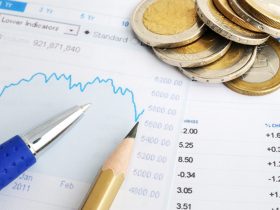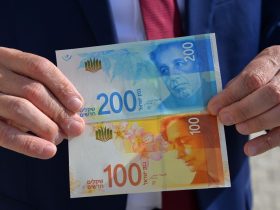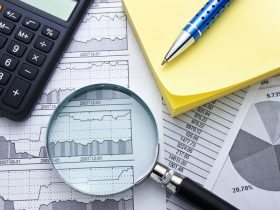Is the U.S. jobs market finally losing its mojo? The number of newly employed rose in June and July by the smallest amount in two and a half years. And job creation is expected to slow again in August.
Here’s what to watch for in the U.S. employment report, due on Friday morning.
The forecast
The U.S. is expected to add 170,000 jobs in August, down from 187,000 in the prior month, based on a poll of economists by The Wall Street Journal.
By contrast, the U.S. added an average 287,000 new jobs a month in the first four months of the year.
Even the current rate of hiring is too strong for Federal Reserve officials. They want the labor market to cool off further to ease the upward pressure on wages as the central bank battles to regain control of inflation.
Fed officials believe employment growth has to slow to around 75,000 to 100,000 a month.
Still, any further slowdown in hiring will be welcome news to the Fed and it could keep the central bank from raising interest rates again.
A report on U.S. job openings on Tuesday showed they fell in July to a 28-month low. The number of people quitting jobs has also returned to pre-pandemic levels, suggesting workers are more worried about job security
Unemployment rate
The percentage of jobless Americans seeking work is forecast to stay at 3.5%, leaving the unemployment near the lowest level since the late 1960s.
Even though hiring has slowed, there has not been an appreciable increase in unemployment.
The number of people seeking jobless benefits, for example, stood at just 230,000 last week. They typically rise above 300,000 when the economy sours.
Many companies are hesitant to fire workers because they were so hard to hire in the first place. The U.S. is now experiencing its worst labor shortage since World War Two.
Jobless claims and unemployment are bound to rise if higher interest rates sap the economy as expected, Wall Street
DJIA
analysts say, but they are unlikely to soar to extremely high levels as in past periods of malaise.
Wage growth
Average hourly wages are forecast to rise 0.3% in August. The Fed would prefer slightly smaller increases each month.
The increase in pay over the past year is likely to stay at 4.4% — and that’s also too high for the Fed.
Central bank officials believe annual wage growth has to slow to 2.5% to 3% to help the Fed in its fight against inflation. That’s how fast wages rose before the pandemic.
An increase of that size would enough to ensure wages are rising faster than prices if the Fed gets inflation down to its 2% target.
August surprise
It’s that time of year again. The August report often undercounts the number of new jobs created. Fewer businesses respond, at least immediately, to the government’s employment questionnaire since so many people are on vacation.
There was no big surprise last year, however. That’s partly because fewer businesses have responded to the survey since the pandemic.
What could also throw a monkey in the wrench in August were a few major strikes, including the Screen Actors Guild in Hollywood. The bankruptcy of large trucker Yellow Inc. is another factor.
These events could also show that job creation was smaller than it seemed. A person is not counted as employed if they are not working, even if they are on strike.
“Whatever the August job growth number turns out to be,” said chief economist Richard Moody of Regions Financial,” it may not be all that informative given the number of special factors it will bring into play.”
Read the full article here













Leave a Reply